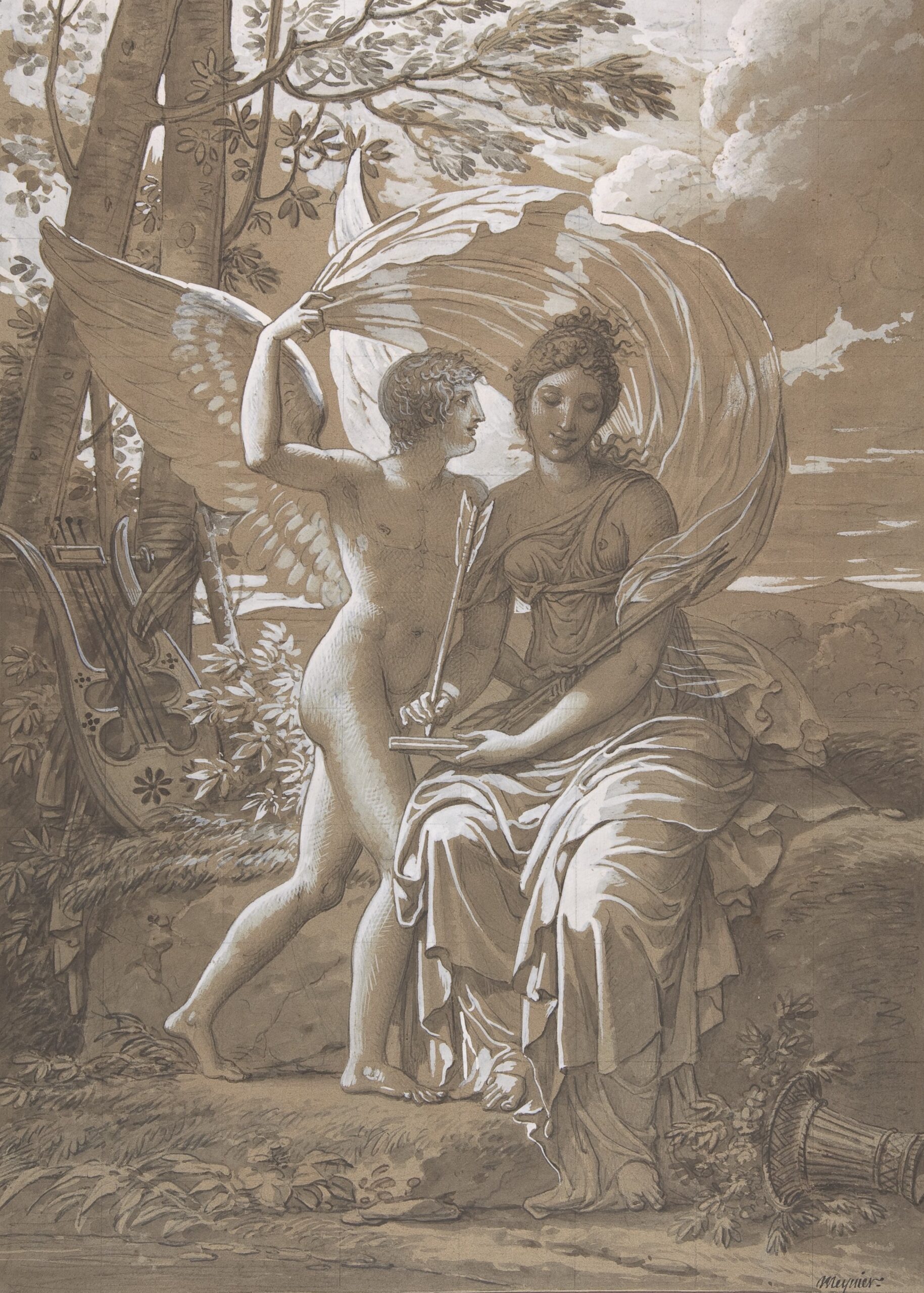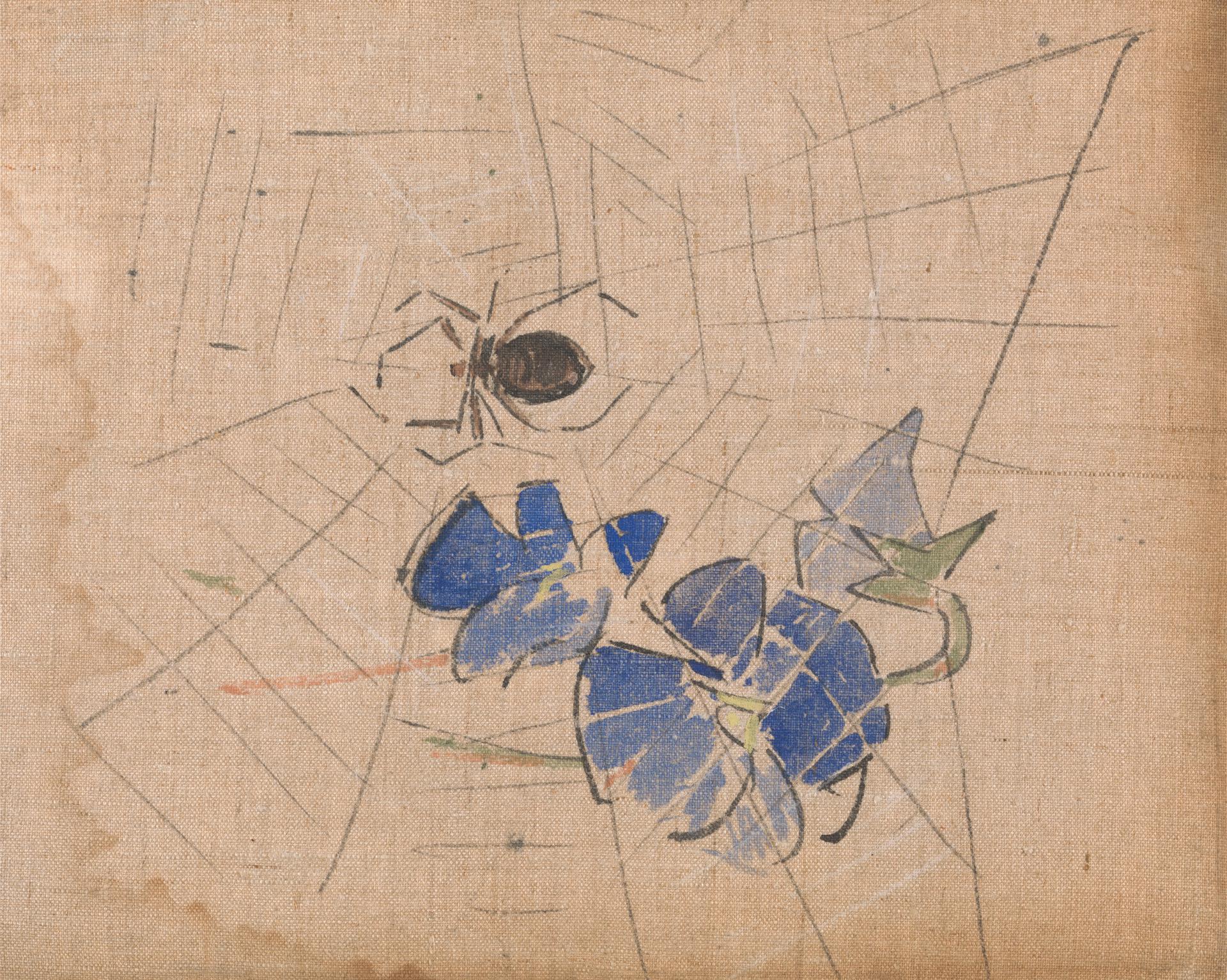1.
In Malcolm Mackay’s Every Night I Dream of Hell, the anti-hero lives in the shadows of the Glasgow underworld. An insider in a criminal gang known as the “Jamieson Organisation,” Nate Colgan thinks he has seen how bad it can get. Published in the U.S. this April, Every Night I Dream of Hell is the latest addition to a sprawling field of work labelled “Tartan Noir,” a term said to encompasses works from disparate group of authors — including Denise Mina, Ian Rankin, and Peter May — it’s scope ranging from the highlands and islands to Scotland’s major cities.
“It’s a useful term for marketing a book so I understand why it’s used, why that’s how my books are described, because they’re crime set in Scotland,” said Mackay during a Skype interview. “But really, Scottish crime writing is a very broad church.”
He’s right. This small rainy country with a population of five million spawns many different kinds of crime writing, from the cynical humanity of Ian Rankin and the mocking insights of Alexander McCall Smith to the fiery social and political conscience shown by Denise Mina. It seems an insulting act to shoehorn them all under the umbrella Tartan Noir.
Mina wrote about Glasgow’s notorious Red Road flats, which were recently controversially demolished. A plan to make a celebration and display of the destruction for The Commonwealth Games was shelved as being in enormously bad taste, but that it was even mooted perhaps shows how little respect was given to the residents of these tower blocks. “Crime fiction is the fiction of social history,” said Mina in a piece in The New York Times on the rise of Scottish detective fiction. “Societies get the crimes they deserve.”
Rankin, the king of Tartan Noir, who coined the term in a meeting with James Ellroy, thinks it is a catch-all which cannot do justice to the rich variety of crime writing coming out of this small and rainy country.
When I interviewed Rankin for The Awl, he described the term as “a lazy shorthand way of talking about Scottish Crime Fiction…Alexander McCall Smith’s novels aren’t noir, as they’re very light in tone. They’re still crime fiction set in Scotland.”
2.
 Noir came from L.A: a city of lights, dreams, and angels, both fallen and ruling. One of the largest internal migrations in American history saw people flood to California pursuing economic opportunity. A real-life battle between the LAPD and the criminal underworld was soon in full swing in this new thirsty city, where water was one of the most precious resources. Writers like Raymond Chandler were attracted by the seedy romance of this battle between the fallen angels and the authorities, who often were just as corrupt. Chandler created Marlow, a shadowy figure who was able to move between both worlds, seeing both with a human and sarcastic eye. (John Buntin wrote a fantastic book on the “seductive” city of L.A. and it’s noir, for those who want to read more.)
Noir came from L.A: a city of lights, dreams, and angels, both fallen and ruling. One of the largest internal migrations in American history saw people flood to California pursuing economic opportunity. A real-life battle between the LAPD and the criminal underworld was soon in full swing in this new thirsty city, where water was one of the most precious resources. Writers like Raymond Chandler were attracted by the seedy romance of this battle between the fallen angels and the authorities, who often were just as corrupt. Chandler created Marlow, a shadowy figure who was able to move between both worlds, seeing both with a human and sarcastic eye. (John Buntin wrote a fantastic book on the “seductive” city of L.A. and it’s noir, for those who want to read more.)
 How does this glamorous medium created in a shimmering city translate to Tartan Noir, then? Noir is gangsters and glamour and beautiful blondes in a glimmering, sprawling city. It is Ellroy and Chandler and the horror of Roman Polanski’s Chinatown. Tartan is the pattern on shortbread tins, or the hairy friendly blanket my dog sleeps on. There’s a something of a disconnect between the warmth of Tartan and the broken-glass cold of noir — and that makes the term work.
How does this glamorous medium created in a shimmering city translate to Tartan Noir, then? Noir is gangsters and glamour and beautiful blondes in a glimmering, sprawling city. It is Ellroy and Chandler and the horror of Roman Polanski’s Chinatown. Tartan is the pattern on shortbread tins, or the hairy friendly blanket my dog sleeps on. There’s a something of a disconnect between the warmth of Tartan and the broken-glass cold of noir — and that makes the term work.
Scotland is a nation with a population of five million, L.A. a city with a population of four million. Noir will have different characteristics where the world is less crowded — there are vast amounts of uninhabited space outside of Scotland’s cities — but even so, Glasgow, setting of Every Night I Dream of Hell, was for a time the violent crime capital the U.K. (It was supplanted by West Yorkshire in 2016.)
 “I think a lot of Glasgow’s reputation comes from how it used to be,” says Mackay. A native of the Scottish Island Lewis, Mackay had only visited Glasgow once before writing his first novel, The Necessary Death of Lewis Winter, part of a trilogy set in the city.
“I think a lot of Glasgow’s reputation comes from how it used to be,” says Mackay. A native of the Scottish Island Lewis, Mackay had only visited Glasgow once before writing his first novel, The Necessary Death of Lewis Winter, part of a trilogy set in the city.
“I wanted to write about gangsters,” he says, “and Glasgow is a big city, it was the natural location.”
Would he write a crime novel set in the island town where he lives ? He laughs, Stornoway’s a small island, and while he likes to live there, he doesn’t see it as a Mafia hotbed.
This doesn’t mean the islands are not written about by crime writers. Peter May used the rugged isolation to write a trilogy set on Lewis, the loneliness and exposure of the island perfect companions for a haunted detective. The May novels may lack the urban hardness of Mackay’s stories, but May’s Lewis trilogy has a soft-focussed menace, as though seen through wind and the driving rain that is so frequent on Scotland’s Western Isles. Los Angeles and the Scottish Islands may seem a thousands of miles from one another (figuratively as well as literally), however they both share a certain allure that fuels the imagination, perhaps more so even for those who have never been there.
That one term could encompass both writers seems improbable — but both personify Tartan crime, with a glamour that sees the glimmer of a puddle rather than the ritzy glitz of bright lights and diamonds. I know this country — I have lived here half my life, and I know how the light can change in an instant, how everything else here is changeable too, how Scotland is a nation of bleak grey skies and brilliant sunsets, cities where motorways slice confusingly through the middle and places that look so remote and crater covered they could be mistaken, in certain lights, for the moon.











